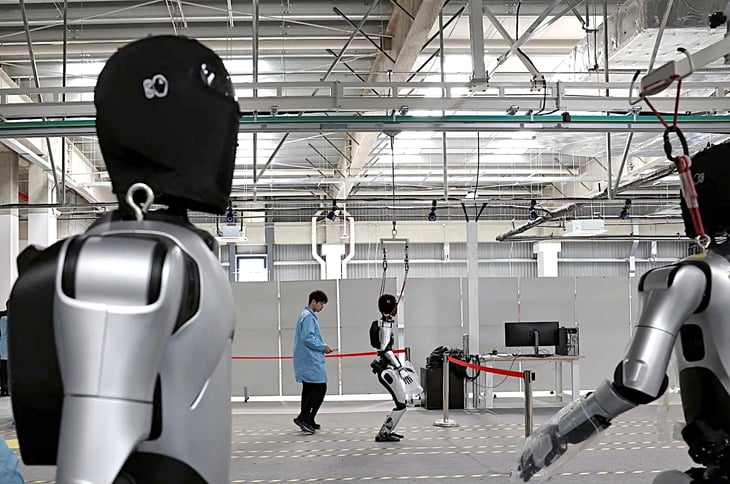
Employees test the humanoid robot AgiBot in Shanghai in March 2025 - Photo: Reuters
Reuters news agency recently reported on the activities of dozens of humanoid robots at a warehouse on the outskirts of Shanghai, where they perform tasks from folding clothes, making sandwiches to opening doors.
Operating 17 hours a day, these robots from startup AgiBot generate massive amounts of data to serve the training process, with a vision to change the way people live, work and play in the future.
Technology race
China's humanoid robots have made great strides in recent years, becoming more agile and able to perform complex movements such as acrobatics, running a half-marathon or playing soccer.
According to experts and investors, the breakthrough in developing "brains" for robots will transform them from mere moving machines into "workers" capable of self-learning and creating productivity, bringing a revolution to the world's leading manufacturing power.
Yao Maoqing, partner at AgiBot, shares his vision: “Imagine one day in our factory, robots are assembling themselves.”
This development is not limited to China. In April 2025, Sanctuary AI (Canada) launched the 7th generation Phoenix humanoid robot, moving closer to creating the world's first human-like intelligence in the multi-purpose robot line.
Previously, Tesla also shared about the development process of the Optimus robot in February 2025, although it was assessed that it had not caught up with its competitors from China. At the same time, Meta established a new team to develop a humanoid robot integrated with artificial intelligence (AI).
Two sides of the coin
The successful and widespread deployment of humanoid robots will help countries boost economic growth, while also becoming an area of direct competition between economies, especially between the US and China.
According to data from McKinsey, AI and AI-integrated products could contribute up to $13 trillion to the global economy by 2030.
“As working-age population growth in developed economies continues to slow, humanoid robots could become a necessity for industries that are already struggling to attract enough workers to maintain productivity,” said Adam Jonas, head of global automotive and mobility research at Morgan Stanley.
However, humanoid robots also pose risks to the labor market, including the potential for job displacement. Although the industry is still in its infancy, Chinese lawmakers have begun to discuss the far-reaching impact that humanoid robots could have.
Speaking at this year's National People's Congress, social security expert Zheng Gongcheng warned that the development of robots and AI will affect about 70% of China's manufacturing, thereby causing a serious decline in social security contributions.
Statistics from Goldman Sachs Group show that about 300 million full-time jobs worldwide could be affected by AI.
To address this, some Chinese AI companies have proposed solutions such as providing AI unemployment insurance for 6-12 months for workers who are replaced by robots. In addition, some robot manufacturers said they only target specific jobs that humans do not want to do because they are boring, repetitive or dangerous.
China's National Strategy
Despite concerns about the impact on the labor market, Beijing sees humanoid robot technology as a key solution to its labor shortage.
By 2024, the Chinese government has allocated more than $20 billion to the sector, while Beijing has set up a robotics fund that will provide more than $4 million to companies looking to accelerate product launches.
Shenzhen has also just set up an AI and robotics fund worth about $1.3 billion, affirming China's long-term commitment to leading this technological revolution and turning it into a competitive advantage on the international stage.
Source: https://tuoitre.vn/robot-hinh-nguoi-co-hoi-hay-thach-thuc-20250515075358161.htm










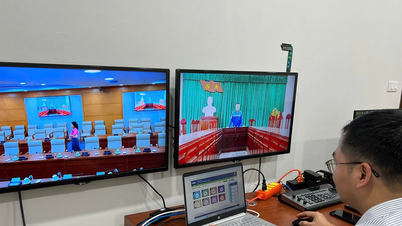



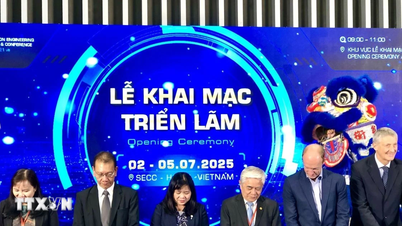
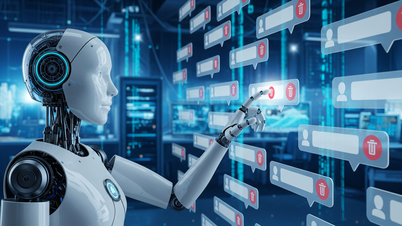



























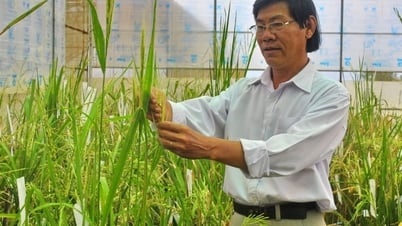














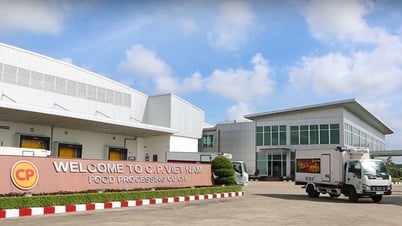



![[Photo] General Secretary To Lam attends the launch of 3 digital platforms serving the implementation of Resolution No. 57-NQ/TW](https://vphoto.vietnam.vn/thumb/402x226/vietnam/resource/IMAGE/2025/7/2/d7fb7a42b2c74ffbb1da1124c24d41d3)


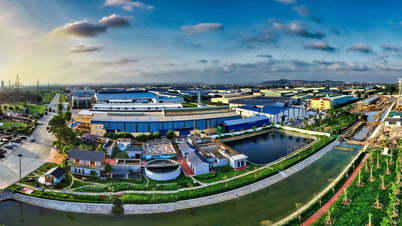












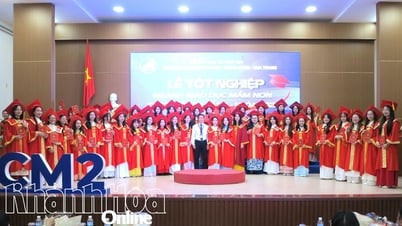



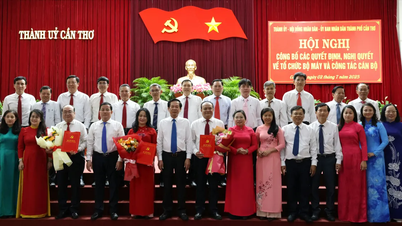


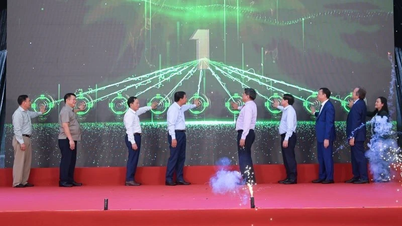














Comment (0)